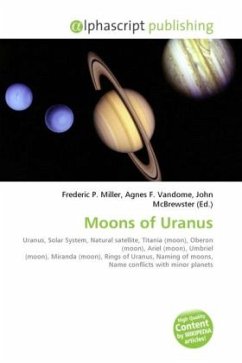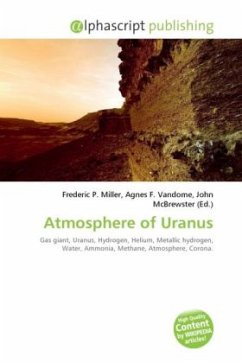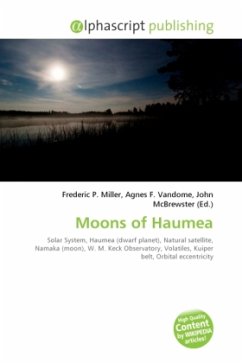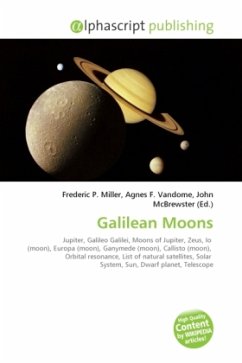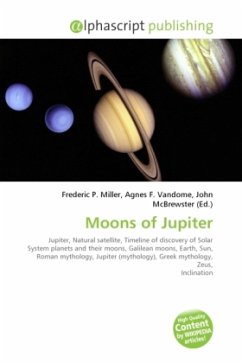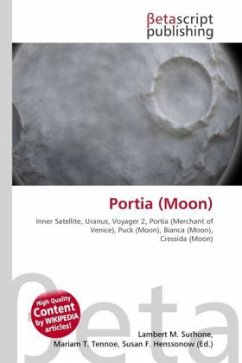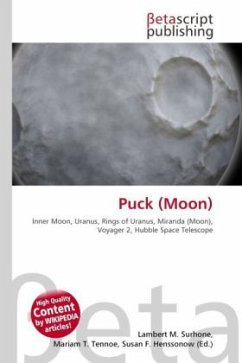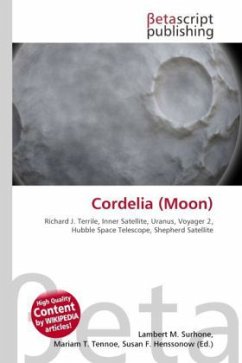High Quality Content by WIKIPEDIA articles! Uranus, the seventh planet of the Solar System, has 27 known moons, all of which are named after characters from the works of William Shakespeare and Alexander Pope. William Herschel discovered the first two moons, Titania and Oberon, in 1787, and the remaining spherical moons were discovered in 1851 by William Lassell (Ariel and Umbriel) and in 1948 by Gerard Kuiper (Miranda). The remaining moons were discovered after 1985, either during the Voyager 2 flyby mission or with the aid of advanced ground-based telescopes. Uranian moons are divided into three groups: thirteen inner moons, five major moons, and nine irregular moons. The inner moons are small dark bodies that share common properties and origins with the planet's rings. The five major moons are massive enough to have achieved hydrostatic equilibrium, and four of them show signs of internally driven processes such as canyon formation and volcanism on their surfaces. The largest of these five, Titania, is 1,578 km in diameter and the eighth-largest moon in the Solar System, and about 20 times less massive than Earth's Moon.
Bitte wählen Sie Ihr Anliegen aus.
Rechnungen
Retourenschein anfordern
Bestellstatus
Storno

